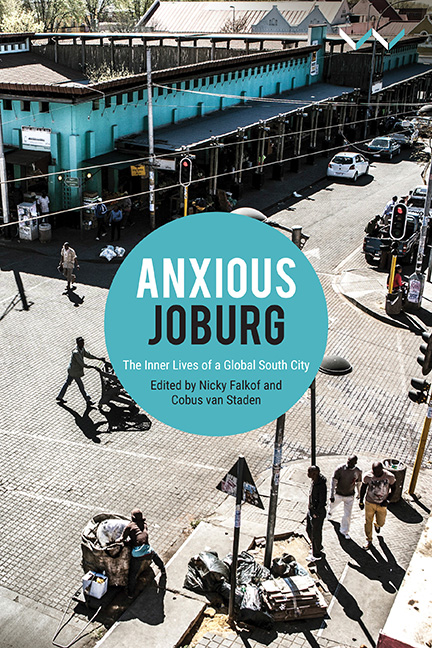Book contents
7 - The Chinatown Back Room: The Afterlife of Apartheid Architectures
Published online by Cambridge University Press: 16 June 2021
Summary
When I was in Johannesburg conducting fieldwork on Chinese migration in South Africa, I spent my days with Chinese migrant traders at China malls, popular wholesale shopping centres for low-cost Chinese goods, and lived with the ‘Chinatown boss’, whom I call Mr Zheng, in Cyrildene Chinatown. Among the wave of Chinese migrants who came to South Africa in the early 2000s, Mr Zheng was an early pioneer, arriving in Johannesburg in the late 1990s. Unbeknown to me when I moved in, he was also formerly a mafia boss and South Africa's reigning ‘snakehead’, a Chinese human smuggler named after the way snakes slither under fences. In his glory years he helped Chinese migrants cross into South Africa through clandestine routes, playing a central part in the making of this migration wave while establishing a fortune and reputation for himself. As new migrants streamed into the fledgling Chinatown, he became Chinatown boss, informally appointed by and among a network of local Chinese businessmen.
How I came to live with Mr Zheng was by happenstance. One of my interlocutors, another respected Chinese businessman and a friend of Mr Zheng‘s, arranged my accommodation. With a spacious two-storey house, Mr Zheng rented rooms out to Chinese traders and had a vacancy. For one winter I stayed in the upstairs guest room adjacent to Mr Zheng's bedroom. When I returned the following year, I stayed in the only empty room downstairs. That first winter, the Chinatown office was in his house, in a room on the other side of the living room. Through the security bars of the living-room window I could watch real-time surveillance footage from CCTV cameras around Cyrildene displayed on the monitor in the office. This chapter is about Mr Zheng's house, which is both representative of and exceptional to the world of Chinese migrant entrepreneurs, a microcosm of and literally a window into Chinatown. It explores the house, its architecture, spaces and the social interactions between its residents and the people who maintained it. Mr Zheng employed black South African security guards who were stationed outside 24/7, a Malawian gardener, two Zimbabwean nannies to care for his employees’ children, and Sarah, a black South African live-in domestic worker who resided in the small detached back room in the house – or the apartheid-era ‘maid's room’.
- Type
- Chapter
- Information
- Anxious JoburgThe Inner Lives of a Global South City, pp. 152 - 175Publisher: Wits University PressPrint publication year: 2020



